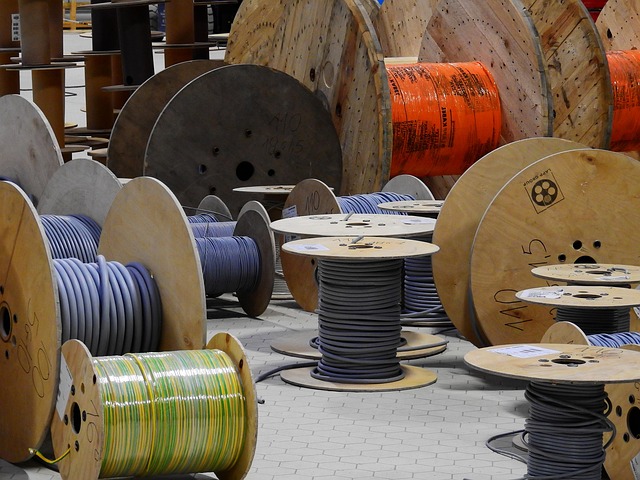In an era where environmental concerns are weighing heavily on our collective conscience, the idea of creating an energy-independent household is more appealing—and necessary—than ever before. Sustainable development has emerged as a guiding principle, encouraging individuals and families to reduce their ecological footprints through innovative practices and technologies. The transition toward carbon-neutral households not only fosters personal responsibility but also contributes to a healthier planet.
The concept of sustainable development revolves around meeting our current needs without compromising the ability of future generations to meet theirs. This dual focus on resource consumption and preservation highlights the importance of responsible living. By looking inward and assessing our habits, we can identify areas where we can significantly reduce our ecological impacts. This commitment starts at home, where we have the most control over our consumption patterns and energy use.
One of the most exciting advancements in sustainable living is the introduction of green technologies. These innovations are transforming the way we generate and consume energy. From solar panels to wind turbines, these technologies help us harness renewable resources, thus reducing reliance on fossil fuels. Installing energy-efficient appliances, utilizing smart home systems, and integrating energy storage solutions are practical steps that move us toward becoming an energy-independent household. These investments not only lower energy bills but also contribute to a cleaner, more sustainable world.
As we embrace green technologies, we play a vital role in reducing our ecological footprints. Every household has a unique footprint influenced by choices regarding energy consumption, waste generation, and lifestyle practices. By making conscious decisions—such as utilizing LED lighting, minimizing water usage, and embracing a plant-based diet—we can significantly lessen our impact on the environment. Beyond personal benefits, these changes collectively contribute to mitigating climate change and preserving our planet for future generations.
Moreover, the pursuit of carbon neutrality in our homes is no longer just an idealistic goal; it is becoming increasingly achievable. With a range of resources available—from government incentives to community initiatives—individuals are empowered to take action. Whether it is retrofitting homes with insulation or investing in renewable energy sources, the pathway to achieving a carbon-neutral lifestyle is filled with achievable milestones.
Choosing to transform our homes into energy-independent households is a powerful statement about our values and commitment to sustainability. Every small action contributes to a larger movement towards environmental stewardship and resilience. By embracing sustainable development principles and adopting green technologies, we embody the change we wish to see in the world. Together, we can create a future where energy independence becomes the standard—a world that thrives in harmony with nature.




